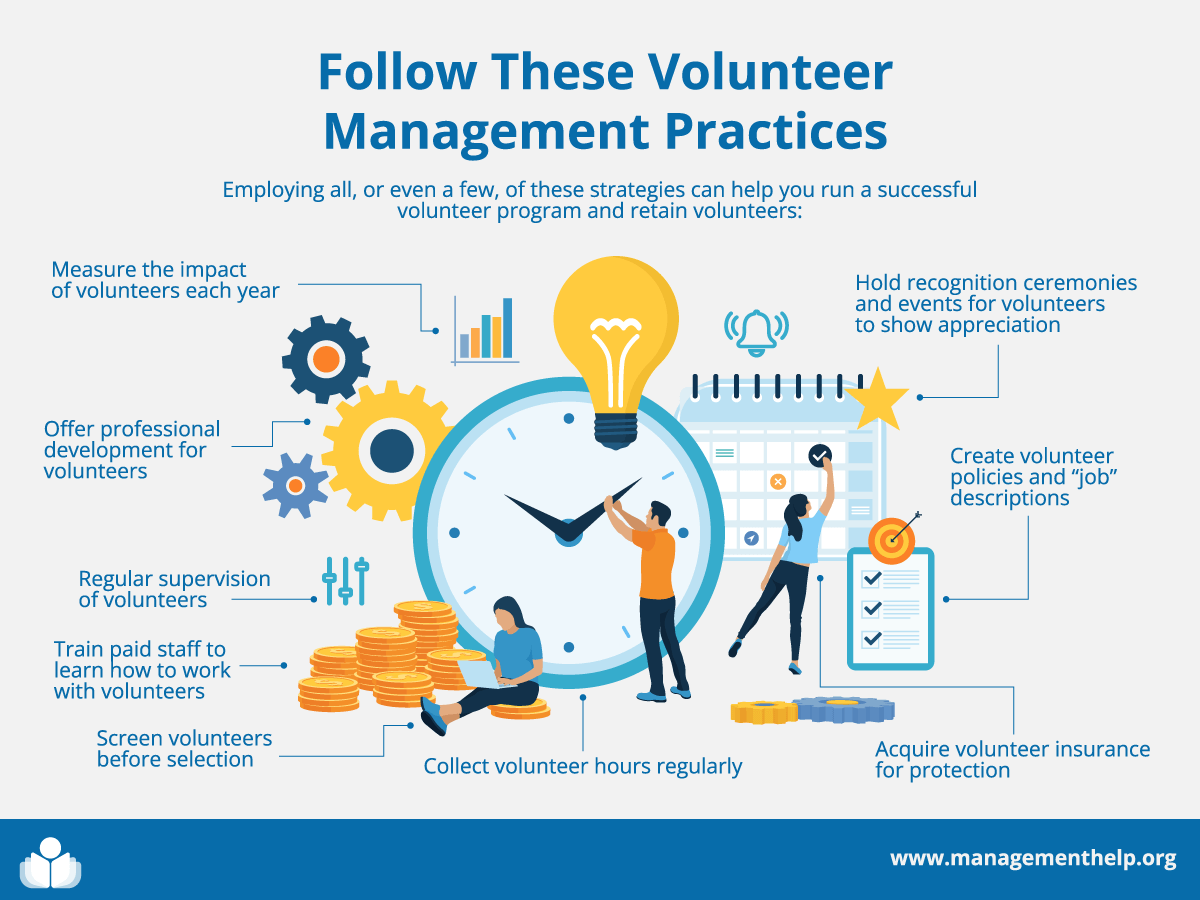Business Resources
Most Popular
Business Development — Growing Your For-Profit or Nonprofit Organization © Copyright Carter McNamara, MBA, PhD Whether your organization is a for-profit or nonprofit, you have to address certain considerations and make certain decisions if you set out to intentionally expand — or grow — your organization, products and/or services. You can grow your organization, products …
Basic Overview of Various Strategic Planning Models Learn Strategic Planning Without Incurring Travel Costs! The Series Facilitating Strategic Planning from the Consultants Development Institute provides virtual courses and numerous downloadable tools to learn to facilitate strategic planning. Concurrently you customize your own relevant and realistic Strategic Plan and earn a Certificate in Facilitating Strategic Planning. …
Basic Guide to Program Evaluation (Including Outcomes Evaluation) © Copyright Carter McNamara, MBA, PhD, Authenticity Consulting, LLC. Much of the content of this topic came from this book: This document provides guidance toward planning and implementing an evaluation process for for-profit or nonprofit programs — there are many kinds of evaluations that can be applied …
Problem Solving and Decision Making (Solving Problems and Making Decisions) © Copyright Carter McNamara, MBA, PhD, Authenticity Consulting, LLC. Sections of This Topic Include Test – What is Your Personal Decision-Making Style? Guidelines to Rational Problem Solving and Decision Making Rational Versus Organic Approach to Problem Solving and Decision Making General Guidelines to Problem Solving …
General Guidelines for Conducting Interviews © Copyright Carter McNamara, MBA, PhD, Authenticity Consulting, LLC. Adapted from the Field Guide to Consulting and Organizational Development. Sections of This Topic Include Introduction Preparation for Interview Types of Interviews Types of Topics in Questions Sequence of Questions Wording of Questions Carrying Out Interview Immediately After Interview Other Resources …
Goal Setting with Employees — What Should Employees Work On? © Copyright Carter McNamara, MBA, PhD, Authenticity Consulting, LLC. Adapted from the Field Guide to Leadership and Supervision in Business and Field Guide to Leadership and Supervision for Nonprofit Staff. Strongly Suggested Pre-Reading How to Ensure Strong Employee Performance Management Sections of This Topic Include …
Understand Generational Differences: Guidelines and Resources © Copyright Carter McNamara, MBA, PhD Sections in This Topic Include What Are Generational Differences? Overview of Perceived Differences Between Generations Are Generational Differences a Myth? Guidelines for Managing Different Generations Also consider Related Library Topics What Are Generational Differences? What is a Generation? Before we go on to …
What is Supervision? How Do I Supervise? Comprehensive, practical book by Carter McNamara The guidelines and resources in this topic are not sufficient to develop strong competencies in supervision. Those competencies come from extensive experience in applying that information. Sections of This Topic Include What is Supervision? To Truly Understand Supervision, Be Acquainted With Its …
More in Business Resources
How to Design Your Basic Learning Plan Copyright Carter McNamara, Authenticity Consulting, LLC Sections of this Topics Include What is a Learning Plan? Designing Your Own Basic Learning Plan Additional Resources About Personal Learning and Development What is a Learning Plan? A learning plan is a description of how you intend to achieve your desired …
Organizational Systems Checklist for Nonprofit Organizations Originally provided by MAP for Nonprofits, St. Paul, MN, enhanced by Carter McNamara, MBA, PhD. Applies to nonprofits unless otherwise noted. (Also see Various Methods to Enhance Organizational Performance, listed at the end of this checklist.) Related Library Topics Description The following comprehensive list of organizational systems and policies …
Checklist for a Planning Assessment for Nonprofit Organizations Edited by Carter McNamara, MBA, PhD (Be sure to read How to Use this Tool and Disclaimers before using information in this document.) This document suggests indicators regarding the total organization, organization’s programs and general approach to evaluation. Also consider Related Library Topics Planning Regarding the Total …
Checklist for an Assessment of Legal Activities in U.S. Nonprofit Organizations Edited by Carter McNamara, MBA, PhD (Be sure to read How to Use this Tool and Disclaimers before using information in this document.) Also consider Related Library Topics Rating * Indicator Met Needs Work N/A E 1. All relevant filings to the Secretary of …
Checklist of Nonprofit Organizational Indicators Guidelines for accomplishing nonprofit capacity building are included in the books Field Guide to Consulting and Organizational Development with Nonprofits, Strengthening Nonprofit Performance: A Funder’s Guide to Capacity Building and Coping With Cutbacks: The Nonprofit Guide to Success When Times Are Tight . Edited by Carter McNamara, MBA, PhD (This …
Checklist to Assess Fundraising Activities in Nonprofit Organizations (certain sections of the following may be specific to the U.S.) Edited by Carter McNamara, MBA, PhD (Be sure to read How to Use this Tool and Disclaimers before using information in this document.) This document includes general fundraising and using an outside professional fundraiser. Also consider …
Checklist to Assess Financial Activities in Nonprofit Organizations (certain sections of the following may be specific to the U.S.) Edited by Carter McNamara, MBA, PhD (Be sure to read How to Use this Tool and Disclaimers before using information in this document.) Also consider Related Library Topics Rating * Indicator Met Needs Work N/A E …

















